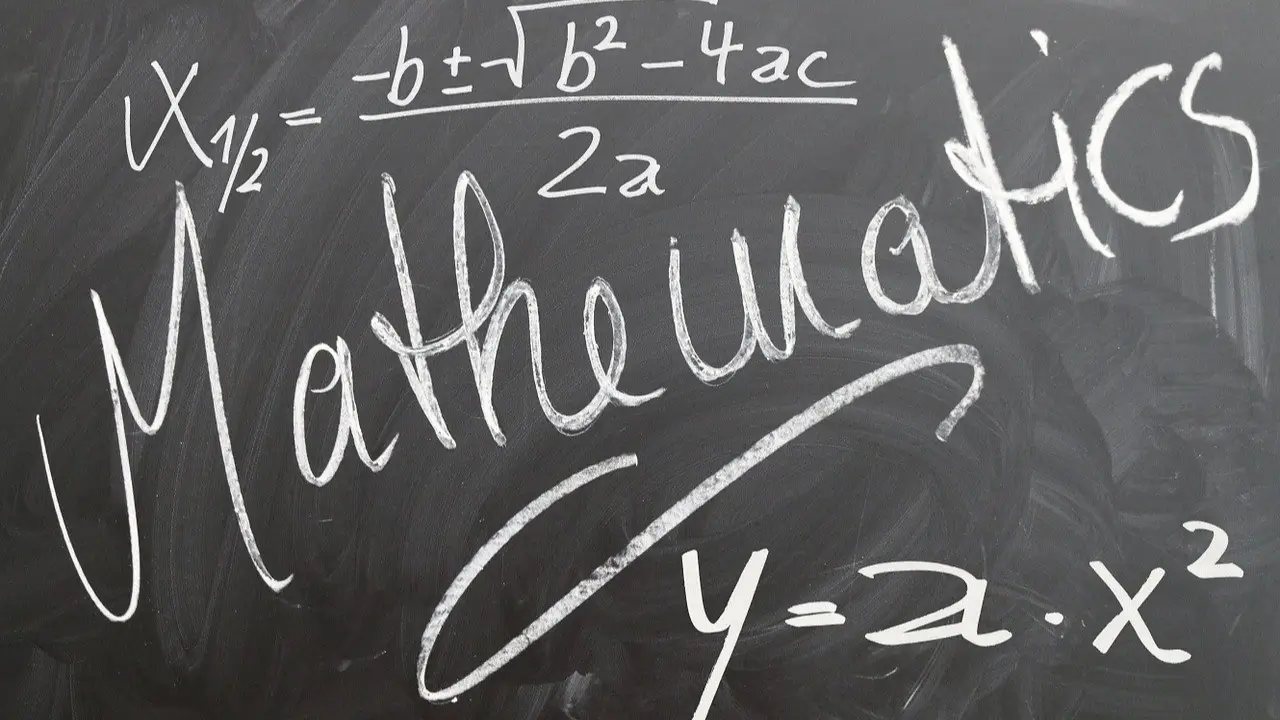Hey there, young math enthusiasts! Get ready to dive into the exciting world of solving quadratic equations. These special math puzzles are like hidden treasures waiting for us to unlock. In this fun journey, we’ll learn how to solve them and discover the magic behind their solutions. So, let’s put on our math thinking caps and explore together!
We mention that quadratic equations are used in physics, especially in motion and forces.
What’s a Quadratic Equation?
Picture a quadratic equation as a math riddle that looks like this: $$ ax^2+bx+c=0.$$We’ll learn to crack this code and find the secret numbers that make it true. We’ll also uncover something called the “discriminant,” which helps us understand what kind of answers we’re looking for. All this will be explained in the next paragraph.
Solving the quadratic equations: Solutions in Different Cases
Imagine having a magical spell that helps us solve any quadratic equation. That’s exactly what the quadratic formula is! It’s like a recipe that tells us the special numbers we need to solve the puzzle.
Discriminant definition:
The discriminant associated with the quadratic equation $ax^2+bx+c=0$ is by definition: $$ \Delta:=b^2-4ac.$$ So one can ask why mathematicians consider the number $b^2-4ac$. The explication is simple and can be summarized as follows: assuming that $a\neq 0$ “if not the equation becomes of the first order and easy to solve”, we can reformulate the quadratic equation as
\begin{align*}ax^2+bx+c&= a\left(x^2+2\frac{b}{2a} x+\frac{c}{a}\right)\cr &=a\left(x^2+2\frac{b}{2a} x+\left(\frac{b}{2a}\right)^2+\left(\frac{c}{a}-\frac{b^2}{4a^2}\right)\right)\cr &= a\left[\left(x+\frac{b}{2a}\right)^2- \frac{b^2-4ac}{4a^2}\right].\end{align*}
According to this equality, solving the quadratic equation $ax^2+bx+c=0$ is the same as solving the simplified quadratic equation \begin{align*} \left(x+\frac{b}{2a}\right)^2= \frac{b^2-4ac}{4a^2}.\end{align*} From this equation, we can deduce that the solution depends on the sign of the discriminant $\Delta=b^2-4ac$. As we will see in the next paragraph, our quadratic equation admits real solution if the discriminant is positive $(b^2-4ac\ge 0)$, and it admits complex solutions if $b^2-4ac<0$.
